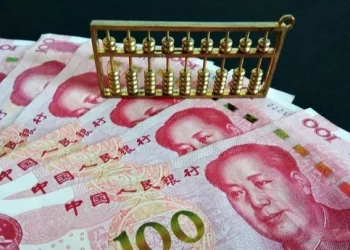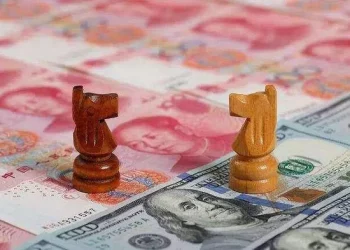There are many forms of.
Today, we will talk about what is (I) the way of trading in the forward trade Direct forward foreign exchange trading: refers to the direct transaction in the forward rather than the corresponding transaction in other markets.
Banks usually do not quote the full price, but the difference between forward and basis points.
Forward rates may be higher or lower than spot rates.
Forward exchange transactions of the nature of options: A company or business usually does not know in advance the exact date of its foreign exchange income.
Therefore, we can conduct option forex transactions with banks, which give companies the right to execute forward contracts for a certain period after the transaction date, such as 5-6 months.
A combination of spot and forward exchange transactions.
(2) Forward exchange quotation In forward foreign exchange transactions, more complex.
Because the forward rate is not the realized exchange rate that has been delivered, or is being delivered, but people’s prediction of the future exchange rate change based on the spot rate.
(3) Basic terminology In forward foreign exchange trading, it is common to see a lot of technical terms, which can make beginners confused.
Therefore, it is necessary to understand these terms here.
When a forward rate in the foreign exchange market is higher than the spot rate, it is called a premium.
For example, in the spot foreign exchange market, the price of the mark against the dollar is 1:1.75 and the three-month mark against the dollar is 1:1.7393.
At this point, mark premium water.
Discount: When the forward rate of a currency in the foreign exchange market is lower than the spot rate, it is called a discount.
For example, in the spot foreign exchange market, the dollar is trading at 1:1.7393 to the mark, and the three-month dollar is trading at 1:1.75 to the mark.
At this point, Mark stuck water.
Pegged exchange rate: The relationship between the values of two currencies, usually determined by their respective exchange rates against the dollar.
If 1=2 dollars and 1.5=1 dollar, then 3 marks =1 pound.
The exchange rate between two non-U.S. dollars is called an embedded exchange rate.




























